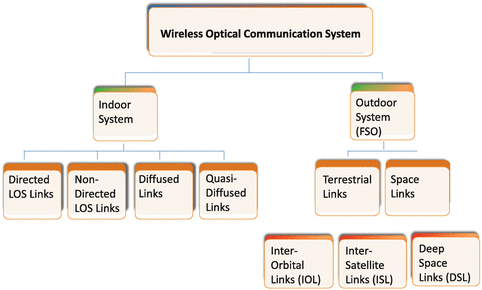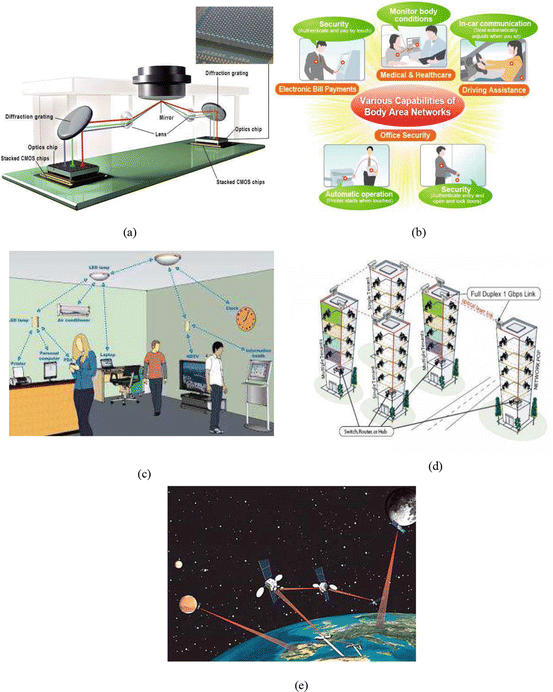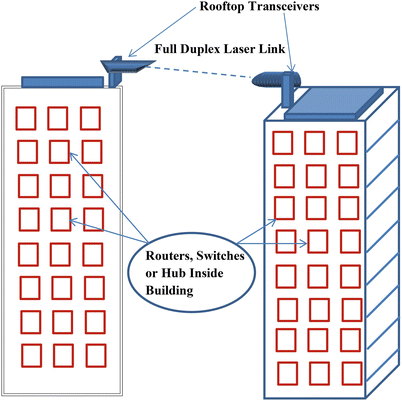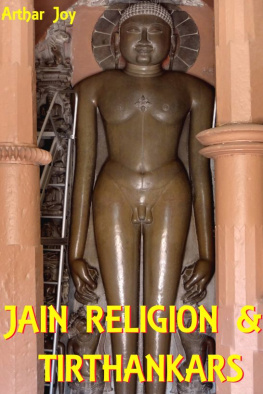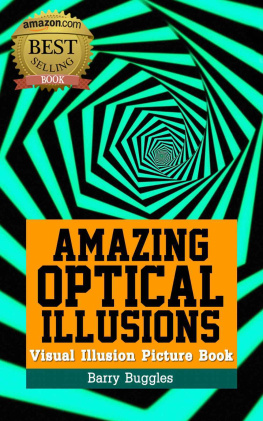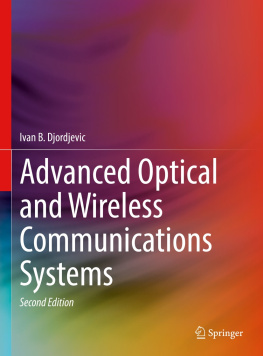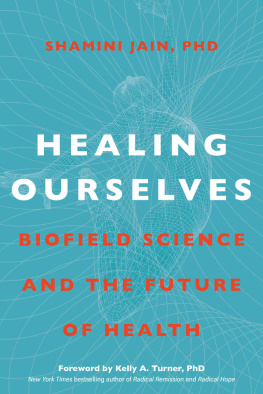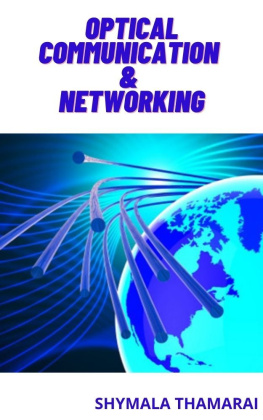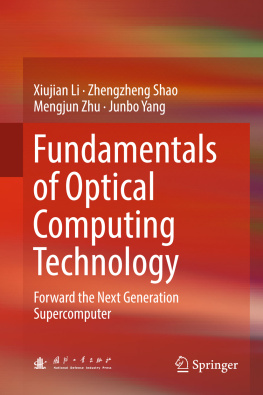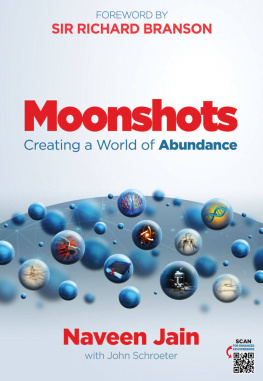1. Overview of Wireless Optical Communication Systems
1.1 Introduction
WOC communication is considered as the next frontier for high-speed broadband connection due to its unique features: extremely high bandwidth, ease of deployment, tariff-free bandwidth allocation, low power (1/2 of radio-frequency (RF) systems), less mass (1/2 of RF systems), small size (1/10 the diameter of RF antenna), and improved channel security. It has emerged a good commercial alternative to existing radio-frequency communication as it supports larger data rates and provides high gain due to its narrow beam divergence. It is capable of transmitting data up to 10Gbps and voice and video communication through the atmosphere/free space. WOC have two broad categories, namely, indoor and outdoor wireless optical communications. Indoor WOC is classified into four generic system configurations, i.e., directed line-of-sight (LOS), non-directed LOS, diffused, and quasi diffused. Outdoor wireless optical communication is also termed as free-space optical (FSO) communication. The FSO communication systems are also classified into terrestrial and space systems. Figure shows the classification of WOC systems.
Fig. 1.1
Classification of wireless optical communication systems
Over the last few years, massive expansion in WOC technology has been observed due to huge advances in optoelectronic components and tremendous growth in the market offering wireless optical devices. It seems to be one of the promising technologies for addressing the problem of huge bandwidth requirements and last mile bottleneck. There are many commercial applications of WOC technology which includes ground-to-LEO, LEO-to-GEO/LEO-to-ground, GEO-to-ground, LEO/GEO-to-aircraft, deep space probes, ground stations, unmanned aerial vehicles (UAVs), high-altitude platforms (HAPs), etc. [] using 1000 channels per PCB with 1mm optical beam array at 1Gbps per channel.
Based on their transmission range, WOC can be classified into five broad categories (refer Fig.):
- (i)
Ultrashort-range WOC used in chip-to-chip communication or all optical lab-on-a-chip system.
- (ii)
Short-range WOC used in wireless body area networks (WBANs) or wireless personal area networks (WPANs).
- (iii)
Medium-range WOC used in indoor IR or visible light communication (VLC) for wireless local area networks (WLANs) and inter-vehicular and vehicle-to-infrastructure communications.
- (iv)
Long-range WOC used in terrestrial communication between two buildings or metro area extensions.
- (v)
Ultra-long-range WOC used in ground-to-satellite/satellite-to-ground or inter-satellite link or deep space missions.
Fig. 1.2
Applications of WOCs: ( a ) chip-to-chip communication, ( b ) wireless body area network, ( c ) indoor IR or visible light communication, ( d ) inter-building communication, and ( e ) deep space missions []
Commercially available FSO equipment provide much higher data rates ranging from 10Mbps to 10Gbps []. Many optical companies like LightPointe in San Diego, fSONA in Canada, CableFree Wireless Excellence in UK, AirFiber in California, etc. provide a wide range of wireless optical routers, optical wireless bridges, hybrid wireless bridges, switches, etc. that can support enterprise connectivity, last mile access, and HDTV broadcast link with almost 100% reliability in adverse weather conditions.
1.1.1 History
The first experiment of transmitting signal over the atmosphere was conducted by Alexander Graham Bell in 1880. He used sunlight as a carrier to transmit voice signal over a distance of about a few feet. However, the experiment was not successful due to inconsistent nature of the carrier. Later, in the 1960s, Theodore H. Maiman discovered the first working laser at Hughes Research Laboratories, Malibu, California. From this point onward, the fortune of FSO has changed. Various experiments were conducted in military and space laboratories to demonstrate FSO link. In the 1970s, the Air Force sponsored a program known as Space Flight Test System (SFTS) to establish satellite to ground link at Air Force ground station, New Mexico. The program was later renamed as Airborne Flight Test System . This program achieved its first success in the 1980s where a data rate of 1Gbps was demonstrated from aircraft to ground station. After this, a flurry of demonstrations were recorded during the 1980s and 1990s. They include Laser Cross-Link Subsystem (LCS), Boost Surveillance and Tracking System (BSTS), Follow-On Early Warning System (BSTS), and many more [], respectively.
Very large-scale development is carried out by NASA in the USA, Indian Space Research Organisation (ISRO) in India, European Space Agency (ESA) in Europe, and National Space Development Agency (NSDA) in Japan. Demonstrations have established a full duplex FSO link with high data rates between various onboard space stations and ground stations, inter-satellite, etc. with improved reliability and 100% availability. Besides FSO uplink/downlink, extensive research is carried out for FSO terrestrial links, i.e., link between two buildings to establish local area network segment that will provide last mile connectivity to the users (Fig.).
Fig. 1.3
FSO terrestrial link []
FSO communication is well suited for densely populated urban areas where digging of roads is cumbersome. Terrestrial FSO links can be used either for short range (few meters) or long range (tens of km). Short-range links provide high-speed connectivity to end users by interconnecting local area network segments that are housed in building separated within the campus or different building of the company. Long-range FSO communication links extend up to existing metropolitan area fiber rings or to connect new networks. These links do not reach the end user but they extend their services to core infrastructure. FSO communication system can also be deployed within a building, and it is termed as indoor wireless optical communication ( WOC ) system . This short-range indoor WOC system is a futuristic technology and is gaining attention these days with the advancement of technology involving portable devices, e.g., laptops, personal digital assistants, portable telephonic devices, etc.
1.1.2 Indoor Wireless Optical Communication
Indoor wireless optical communication links provide a flexible interconnection within a building where setting up a physical wired connection is cumbersome. It consists of lasers or light-emitting diodes as transmitter and photodetectors as the receiver. These devices along with their drive circuits are much cheaper as compared to radio-frequency equipment or existing copper cables. Further, indoor WOC is inherently secure technology since the optical signals do not penetrate walls unlike electromagnetic waves which can cause interference and thus provides a high degree of security against eavesdropping. These optical waves are either in the visible light spectrum or in the IR spectrum which is able to provide very large (THz) bandwidth. Since these devices consume very little power, they are also suitable for mobile terminal systems. Besides many advantages, indoor optical wireless system is influenced by various impairments that impact the performance of the communication system. Some of the factors that lead to these impairments are (i) limiting speed of optoelectronic devices; (ii) large path loss; (iii) noisy indoor environment due to incandescent, fluorescent lighting or sunlight that contributes to noise in the detector; (iv) multipath dispersion; and (v) interference due to artificial noise sources. The range of the system is restricted as the average transmitted power is limited due to eye safety regulations [].
